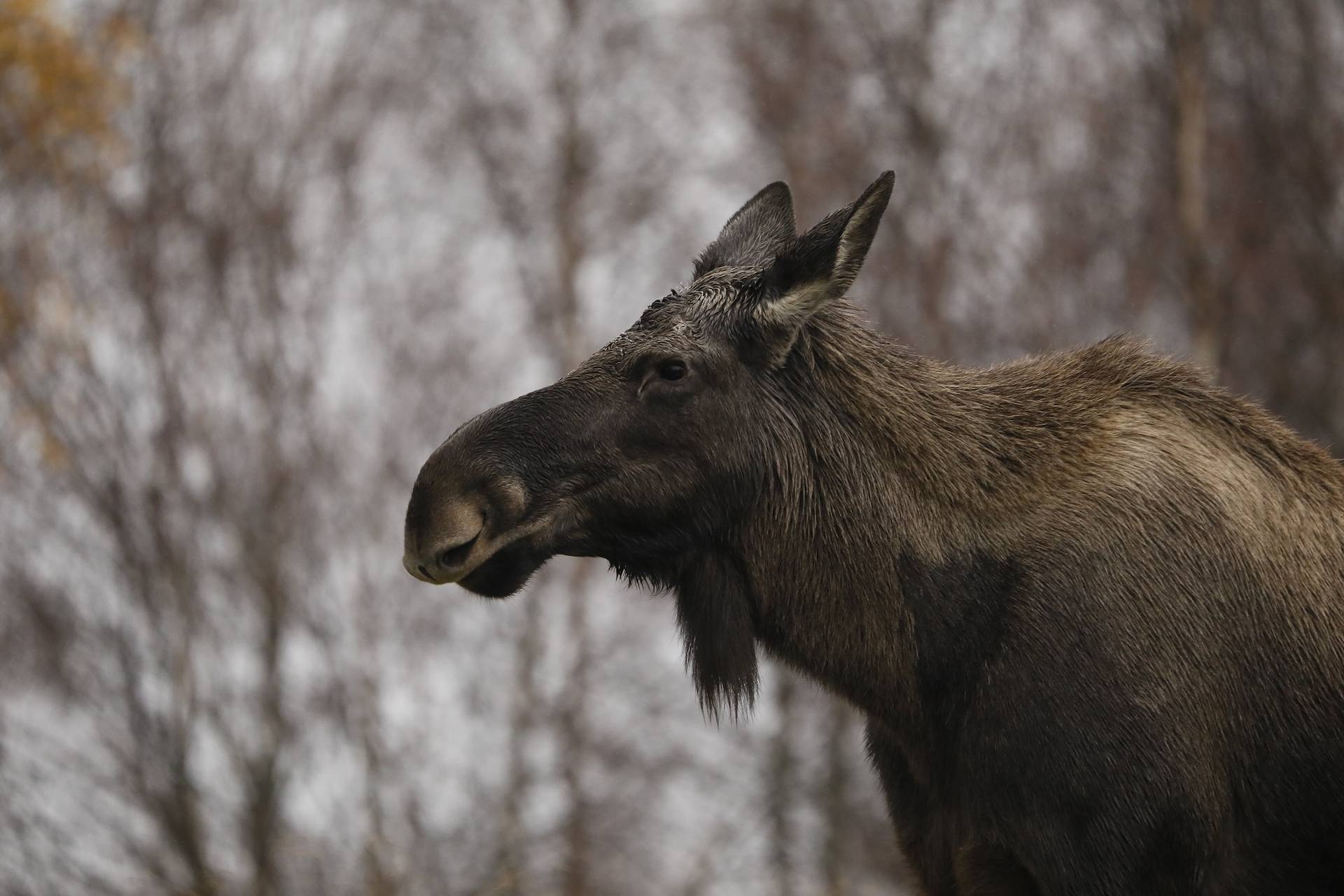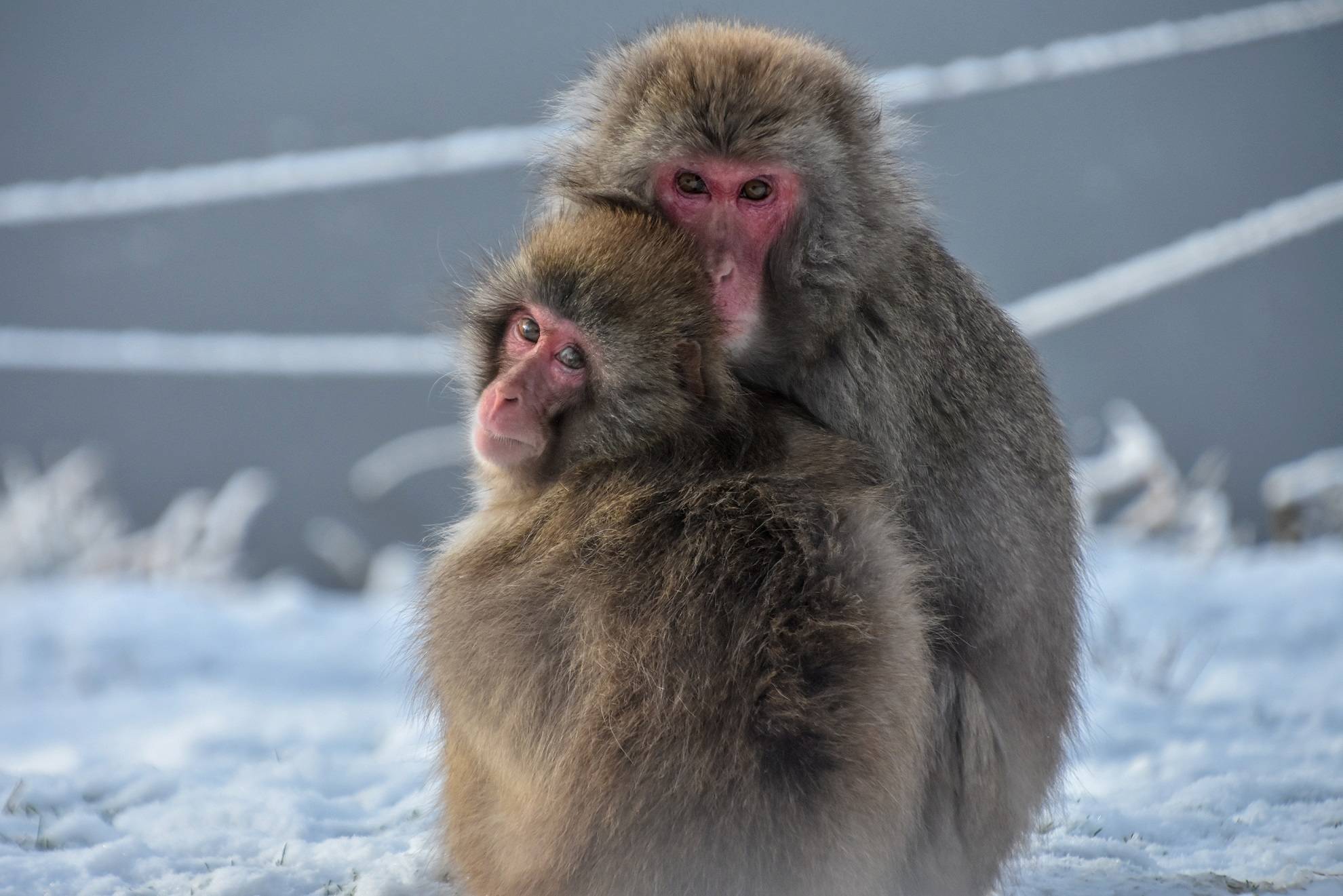Eurasian elk
Alces alces alces

We have six Eurasian elk here at the park. Raven, our male, arrived in November 2019 and Ash, our female, arrived in 2022. The pair welcomed twin calves in May 2023 called Wren and Goose, and welcomed twins again in May 2024 named Pipt and Finch. You can spot our elk family in the drive-through reserve.
The Eurasian elk together with its close relative the American moose (Alces alces americanus), are the largest living deer species in the world. They are very good swimmers and can hold their breath underwater for a full minute, with their large nostrils act as valves to keep out water.
Males are larger than females and have antlers. The antlers are shed each winter and re-grown through the summer.
Population
Increasing
Diet
Herbivore
Habitat
Forest
Fact file
Eurasian elk antlers are the largest of any deer species, spanning up to two metres across and weighing as much as 30 kilograms!
While growing, the antlers are covered in a soft, fuzzy layer called "velvet," which provides nutrients and blood flow. Once the antlers are fully grown, the velvet is shed
They are browsers, meaning that rather than grazing on grass, they primarily eat leaves, twigs and bark
They have thick coats to withstand cold winters and can use their large hooves to dig through snow in search of food
![Eurasian elk Raven with antlers looking to the right [portrait] IMAGE: Amy Middleton 2023](https://images.rzss.org.uk/media/Highland_Wildlife_Park/HWP_animals/Eurasian_elk/eurasian_elk_raven_2.jpg)
How we're helping
Like all the animals in our care, our Eurasian elk are amazing ambassadors for their relatives in the wild and help hundreds of thousands of people connect with nature every year. They encourage visitors to learn about the threats facing wildlife and the action they can take to help create a world where nature is protected, valued, and loved.
As a wildlife conservation charity, we care for the animals here at the park and work to protect species at risk around the world. From providing expertise in genetics and veterinary health to protecting wild places with local conservation partners, and even restoring threatened species to the wild, we are active where we are needed most.
Find out more about RZSS conservation
